Happy New Year!
Welcome to the first installment of what will be a daily, ongoing feature here on Search Engine Land in 2023 – This day in search marketing history.
Search Engine Land has been the publication of record for all things search and search marketing since launching in 2006. And the founders of that 2006 team had been reporting on and educating the industry for about a decade prior to that (at Search Engine Watch).
So join us every day, as we rediscover the headlines and history of SEO, PPC and digital marketing from years gone by.
Also on this day
Happy New Year Google Doodles!
On Jan. 1, every year since 2000, Google has consistently given us Doodles, in lieu of any significant news of note to report on. Hey, it is a holiday after all. The editorial team is getting some much-deserved rest (not counting Barry, who is almost always working) and traffic is pretty dismal on New Year’s Day.
It’s been years since we covered Google’s special logos. But once upon a time, Search Engine Land was competing with countless other publishers in the hopes of driving some insanely huge search traffic by covering these celebratory Google Doodles:
- New Year’s Day 2018 Google doodle brings in the new year with a bright sunrise
- New Year’s Day 2017 Google doodle features balloon drop to mark 1st day of the year
- New Year 2015 Google Logo Says Hello To The New Year With A Bang
- New Year 2014 Google Logo Keeps On Disco Dancing
- Google’s 2013 New Year’s Day Logo Cleans Up The New Year’s Eve Logo
- 2012 New Year’s Day Logos From The Search Industry
- 2009 New Years Day Logos from Google & Others
14 “Is Google Evil?” Tipping Points Since 2001
2007: A particular bad week for Google resulted in this look back at a number of “tipping points” that Google had survived in prior years, including the infamous Florida Update of 2003.
Best | top | most popular Search Engine Land stories of the year
Jan. 1 can be a good day to take a final look back at the most popular stories from the past year. Check out what stories earned the most pageviews in prior years:
- Whole Lotta Link Love In 2012: Our Best Link Building Posts Of The Year
- Top Search Marketing Columns & Contributed Features Of 2012
- Search Engine Land’s Most Popular Stories Of 2007
- Search Year 2007: Search News, In Review
Report: Microsoft To Lay Off 15,000 Workers
2009: There were reports that Microsoft was getting ready to lay off 17% of their workforce, on or around Jan. 15.
< Dec. 31 | Search Marketing History | Jan. 2 >
The post This day in search marketing history: January 1 appeared first on Search Engine Land.
a message brought to you by Wayne Vass SEO
This article first appeared on: The post %%POSTLINK%% appeared first on %%BLOGLINK%%.
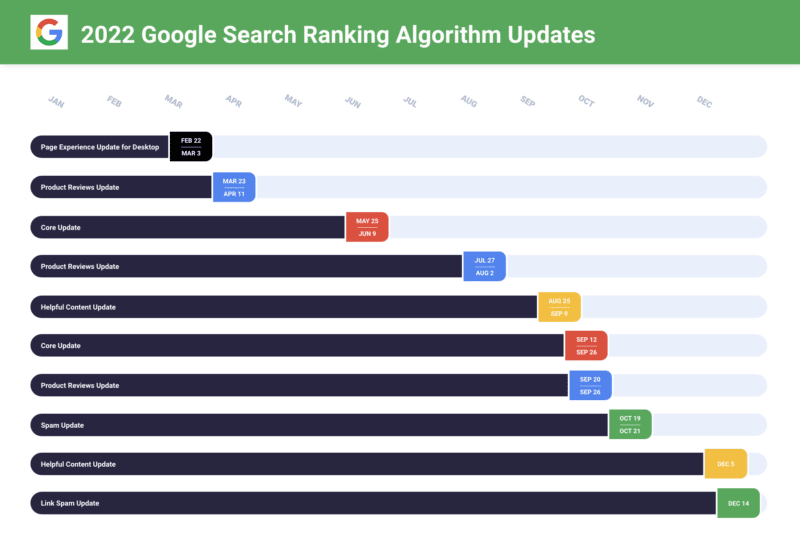
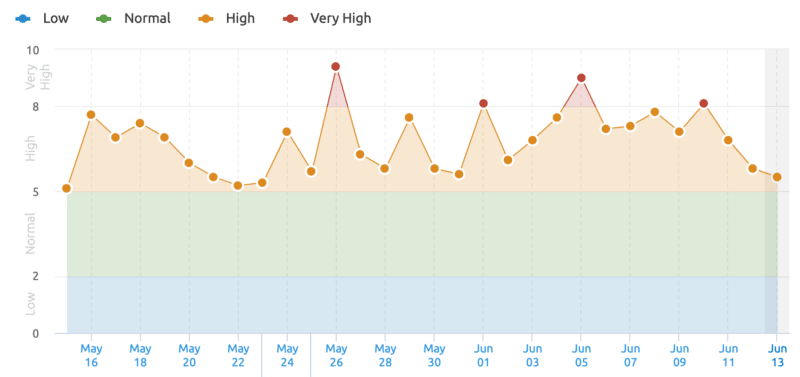





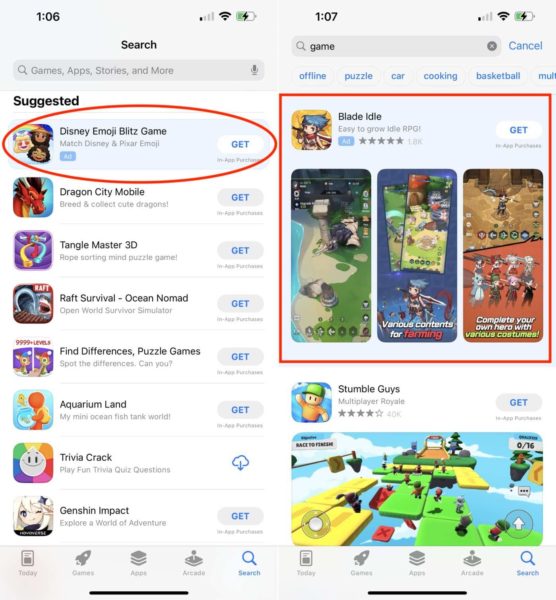
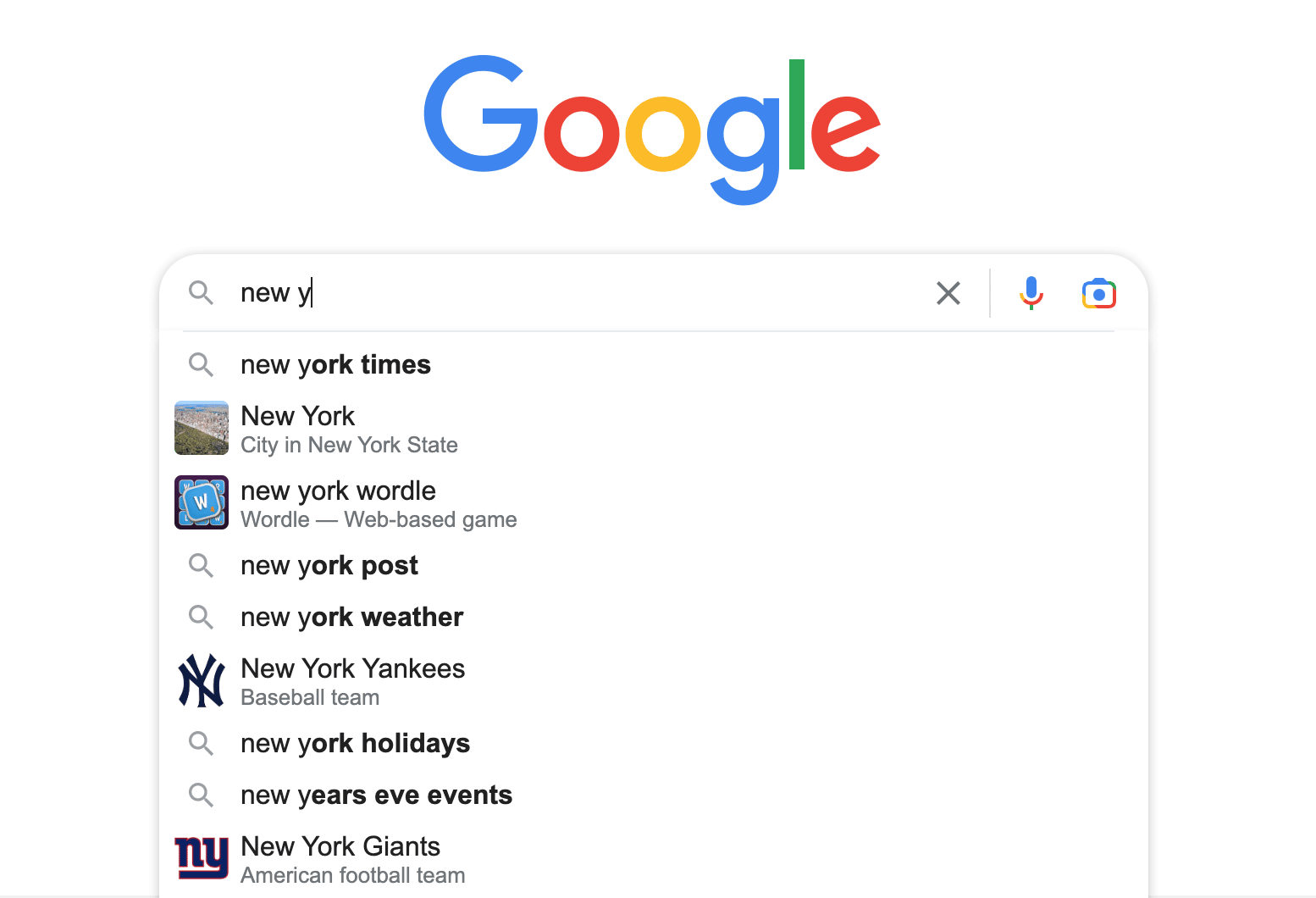

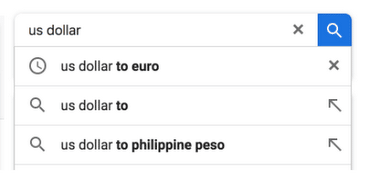
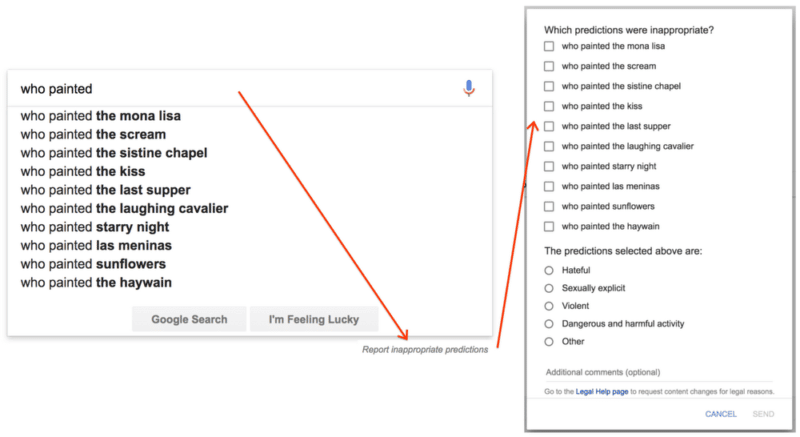

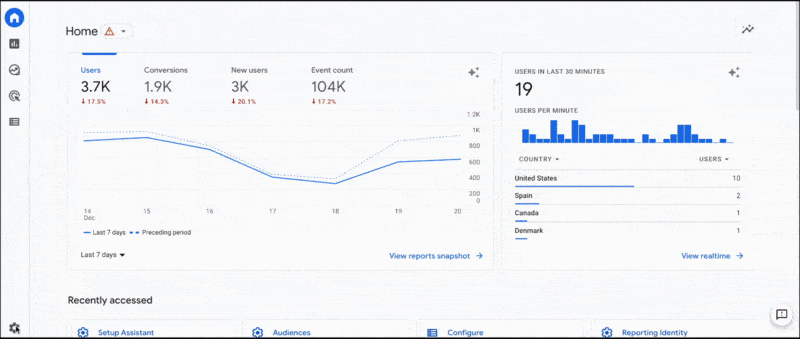
 RSS Feed
RSS Feed
